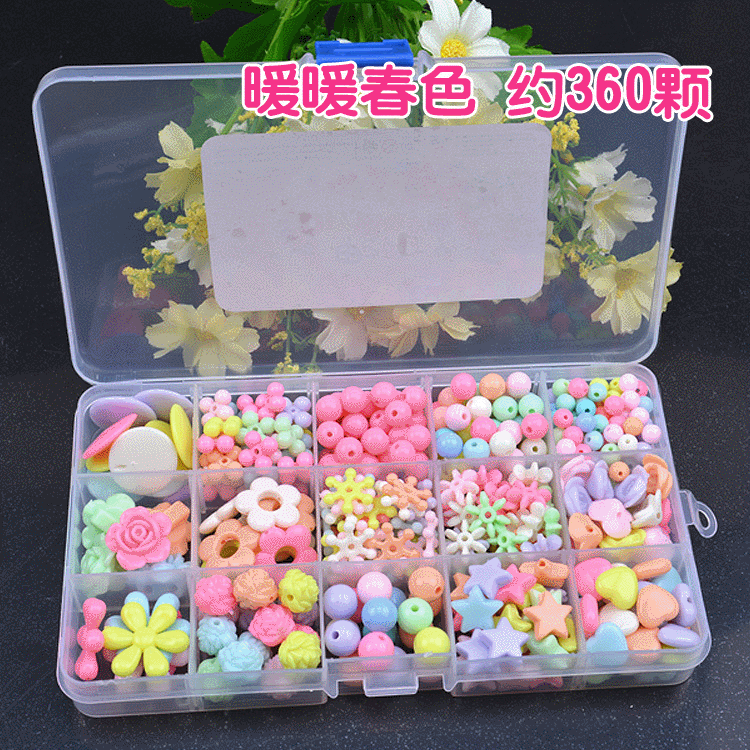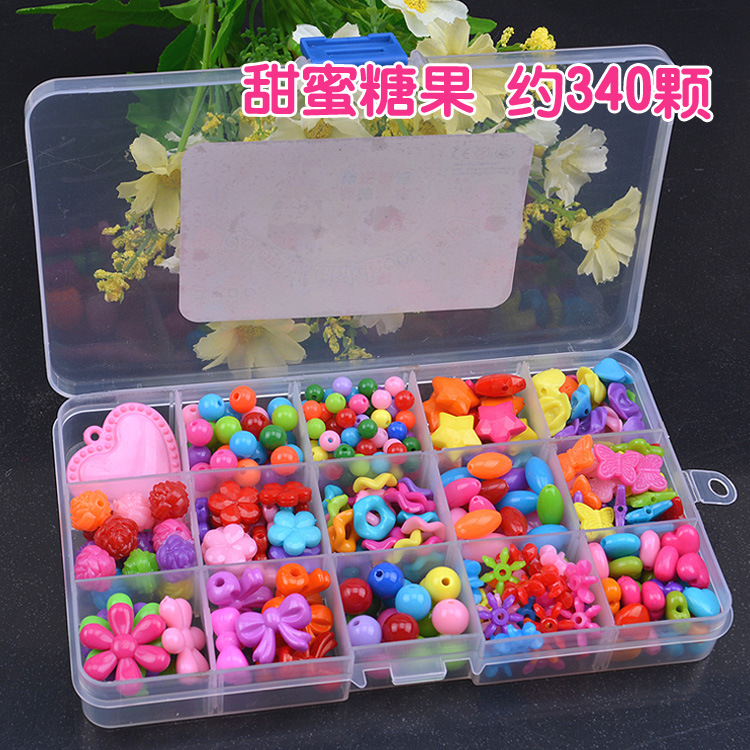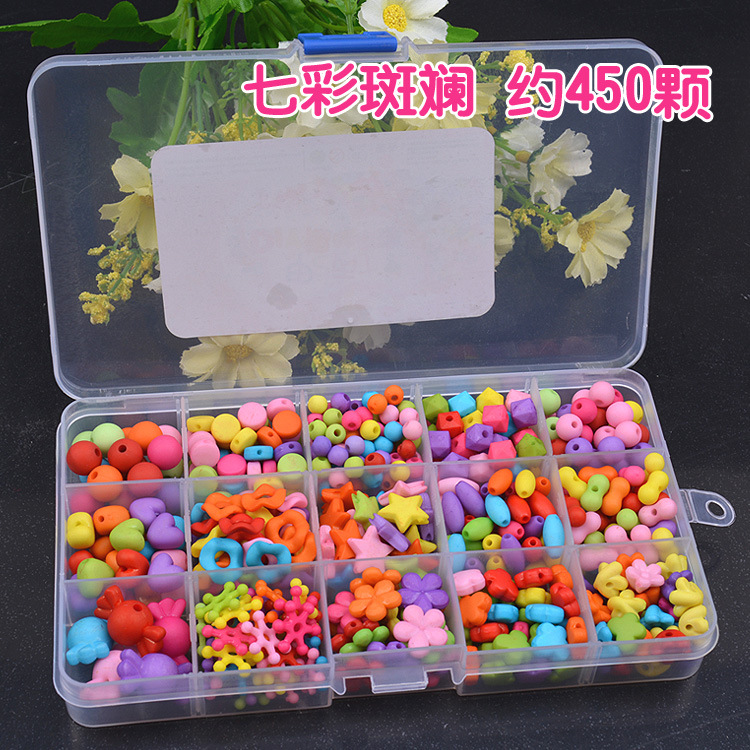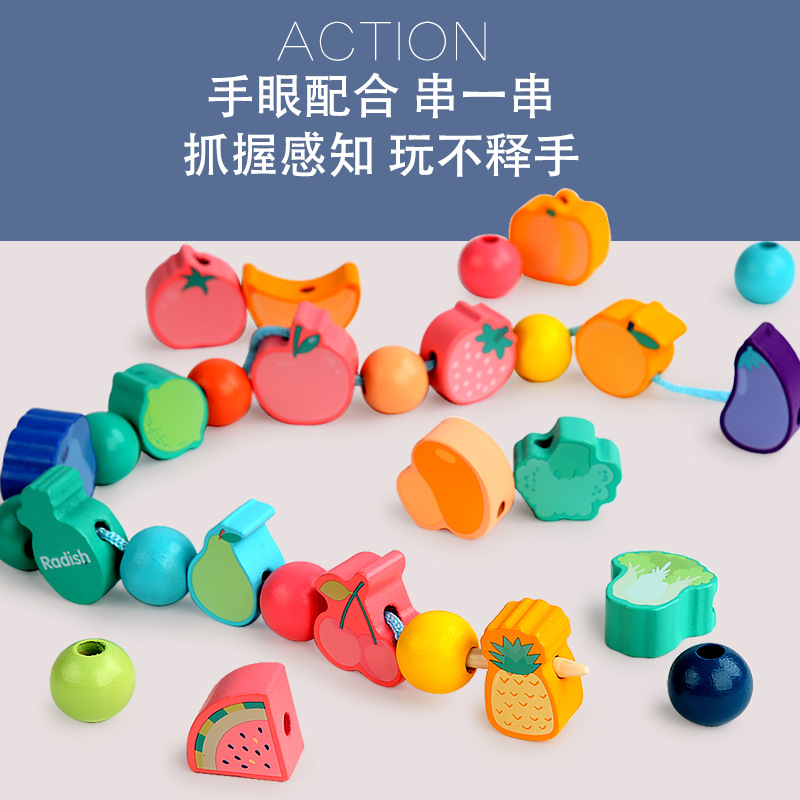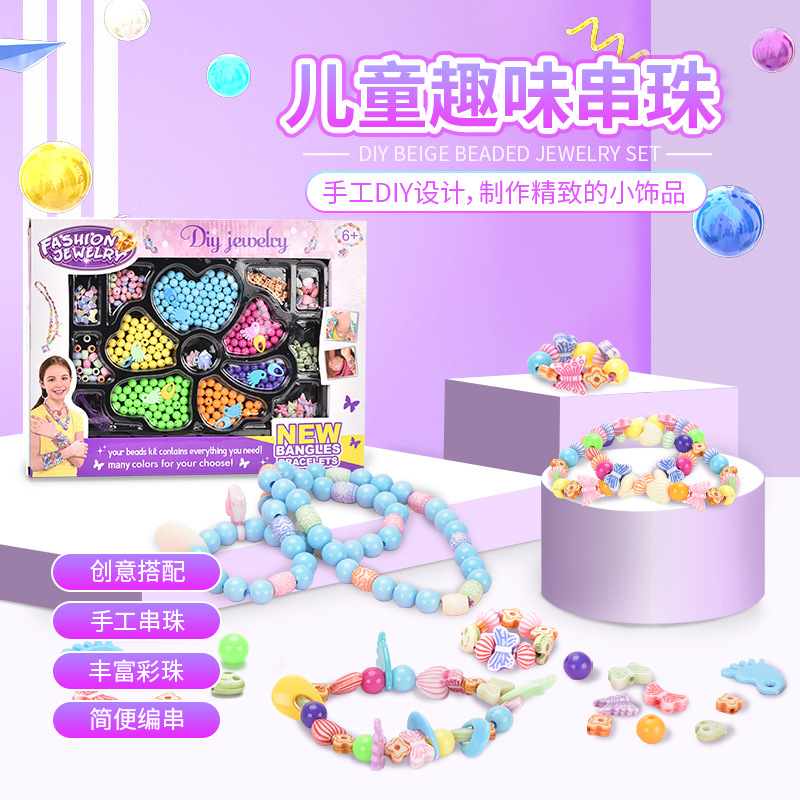- SPU: AL-EYII-iz44xcc[A1]
- Material: acrylic
- Specifications: 17.5cm*10cm*2.3cm
- Packaging: white box
- Ability Development:Visual
- Ability development: intellectual development
- Ability development: using hands and brain
- Ability development: senses
- Ability development: hand-eye coordination
- Ability development: other ability development
- Ability development: interactive toys
- Ability development: interest development
- Whether there are anime characters: No
- Patent and copyright application time: No patent
- Beads Category: Beads
- Is there a shopping guide video: Yes
- Product 3C certification code: 2018152203021837
- 3C configuration category: plastic toys under 14 years old
- Applicable age: children (4-6 years old)
Tax will be added to the invoice, please consult customer service for details!
1," "Qiaole" factory direct sales of DIY children's beads are currently a hot-selling children's toy.
2. Specially supplied to Taobao, Tmall, AliExpress, etc., with large quantities in stock.
3. There are hundreds of bead styles, and more than 10 beads with different effects and styles. Large quantities can be customized according to customer needs.!
4. We are sincerely recruiting agents from Taobao, Tmall, AliExpress, etc. We can ship on behalf of you. Please consult customer service for details.!
5. This package is mainly about spring colors.
Hereby explain:" The styles of all beaded pictures in "Qiaole" are consistent with the actual products and will not mislead consumers. Occasionally, individual products may be out of stock.( This is rarely the case) , replace it with similar or best-selling styles, generally no more than 2 styles.


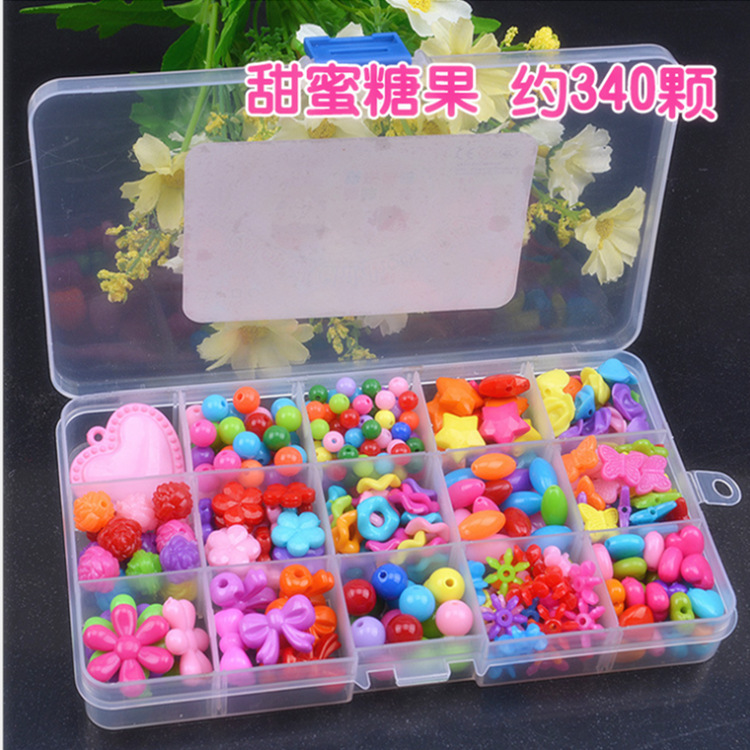
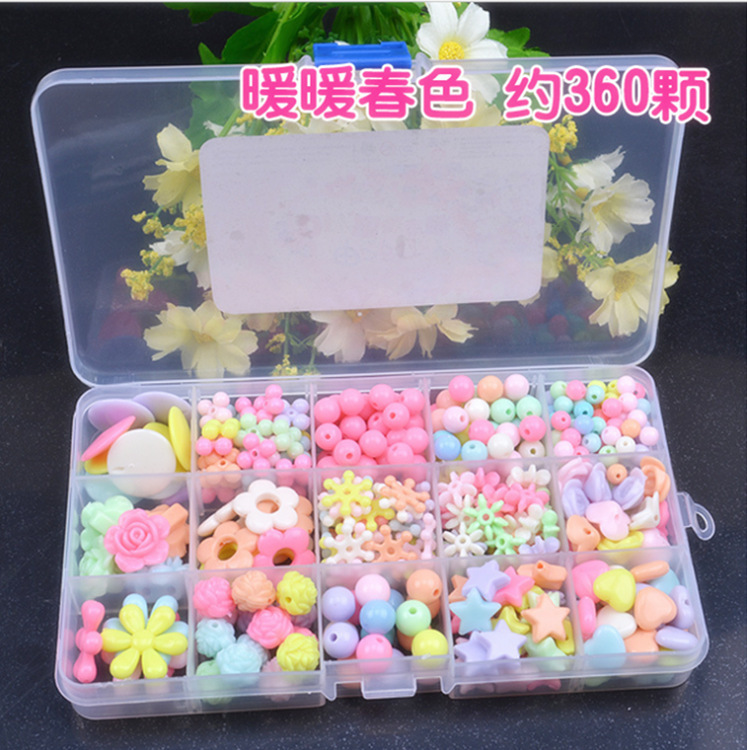
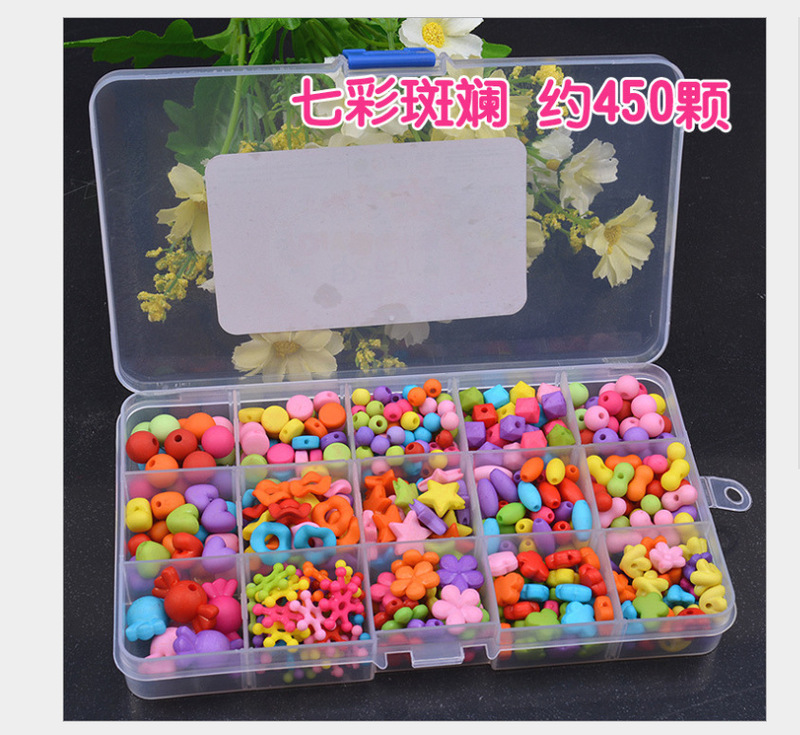







Because during the development of children's eyeballs, the optic nerve cells in the fovea of the fundus do not receive enough clear object image stimulation, which affects its development, thereby losing the ability to distinguish fine spaces, causing visual disorder, and thus forming amblyopia. Children with amblyopia When performing fine vision training, you consciously force the amblyopic eye to focus on a small, fine target, so that the suppressed photoreceptor cells in the amblyopic eye are stimulated and inhibited, thereby improving vision.












